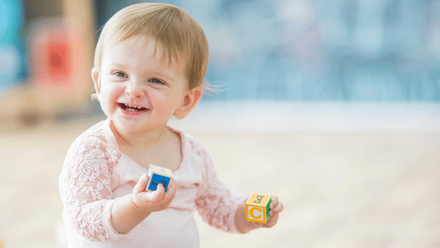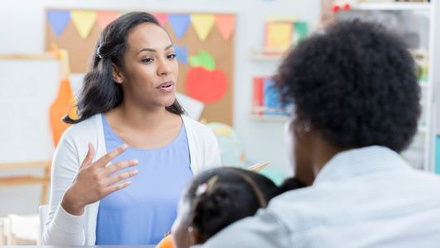What is the home learning environment?
What does an effective home learning environment look like?
We know that the home learning environment is more than the space we inhabit, but what does an effective home learning environment look like?
“Warm and nurturing parenting behaviours that encourage children’s natural curiosity and support learning are especially strong predictors of children’s school achievement, over and above parental income, parental education and socioeconomic status.” Education Policy Institute
An effective home learning environment is one that…
-
Builds positive relationships in which children are nurtured, feel safe and are confident in themselves.
-
Allows children to engage in a variety of opportunities for quality interactions.
-
Provided rich experiences facilitated by inexpensive, easily accessible resources, to support learning.
As well as contributing to a child’s learning outcomes, the home learning environment can also have a huge impact on a child’s wellbeing, enabling them to develop strong attachments, which are essential throughout childhood and later life. 90% of a child’s brain develops before turning five years old so it’s important that the home learning environment is utilised effectively for its contribution to a child’s best start in life.
Communicating its worth to those at home
The home learning environment isn’t just something families should use for the early years children, it can also have a huge an impact on older children and their outcomes throughout later life. As well as providing families with practical support around how to develop an effective home learning environment, it's also important to make them aware of why as it can be such a valuable tool.
Developing communication and language
Early literacy starts developing long before children start school, with some evidence suggesting that a baby is even building their language in the womb! An environment that is rich with opportunities to talk, using different language and experimenting with the sounds we can make, can support children to communicate with others in a variety of ways. According to the National Literacy Trust, over one quarter of five-year-olds do not have the communication skills needed to thrive. But constant exposure to a variety of language across all settings allows children to absorb new vocabulary and build upon learning in dynamic ways.
Supporting cultural capital
The activities and interactions that take place within it are an essential aspect of an effective home learning environment. The home is a unique space that is individual to the child and therefore a child’s learning within it is reflective of the experiences they have. Creating moments for learning that explore a child’s background and history, or give children experiences to explore their local community and beyond, all contribute to the expansion of their wider learning environment, often referred to as cultural capital. So, whether it is a trip to the shops and encouraging help to count out change, or visiting the recycling centre to organise materials, visiting a local museum to explore ancient relics or taking a trip to the seaside, all of these experiences promote a varied exposure to exciting interactions and developing a love for learning new things.
There is research to suggest that children from disadvantaged backgrounds are less likely to access opportunities for promoting cultural capital, so bear in mind that, achieving a range of experiences such as those listed, can be more difficult for some families than others.
Creating strong attachments and emotional resilience
Providing a space in which children feel safe and secure has an unprecedented impact on their development, promoting positive growth in all areas, including emotional development. The interactions in the home learning environment are not only integral to learning but also help to foster emotional development and positive future relationships between parents, carers, and children.
Key takeaways
The home learning environment plays a vital role in a child’s journey and as such, that should be encouraged and developed. By understanding the power of the home learning environment and sharing its influence with those who create it, professionals can work with families in a co-operative way to benefit children most. An effective home learning environment is one that nurtures positive relationships, supporting children to engage in rich experiences and quality interactions with those they trust and bond with most.
Explore our ‘working with parents and carers’ resources to find out more about practical ways to support the home learning environment.






